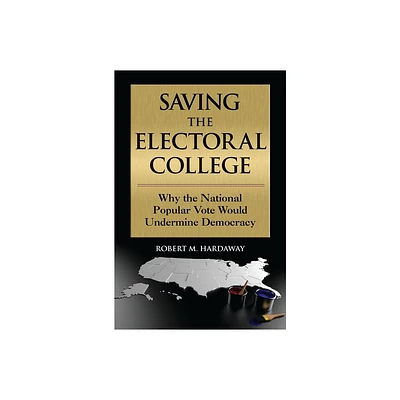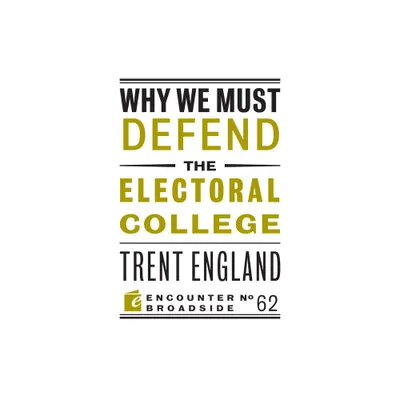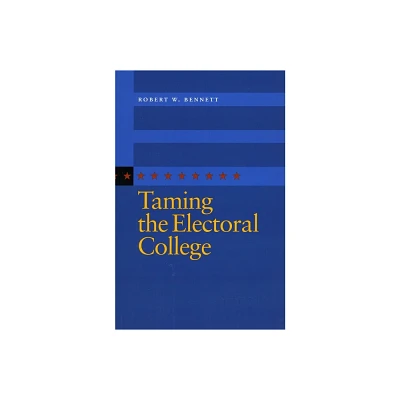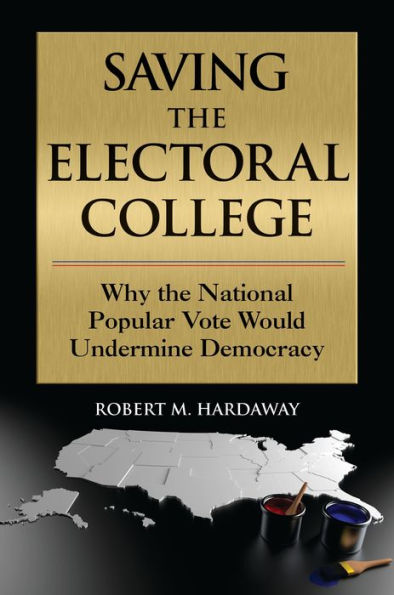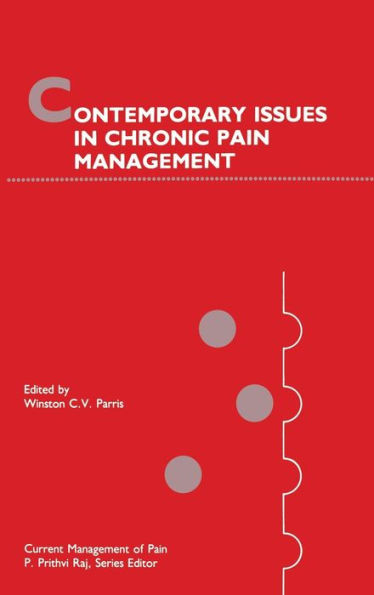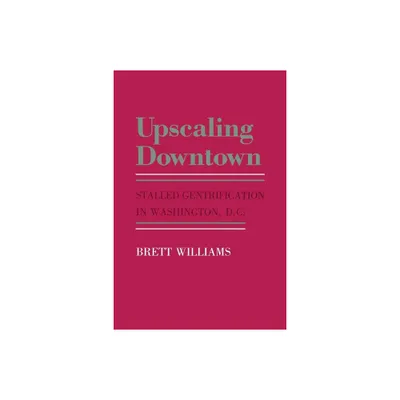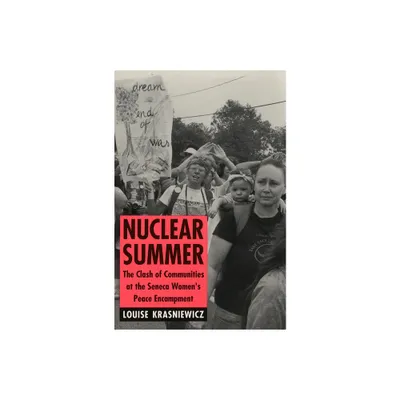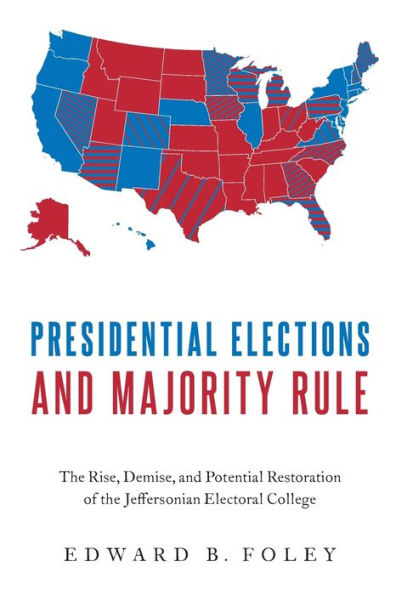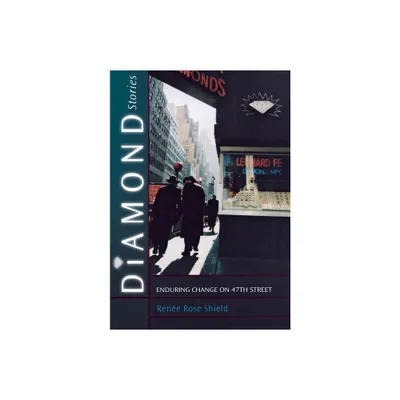Home
Electoral College Reform: Contemporary Issues for Congress
Loading Inventory...
Barnes and Noble
Electoral College Reform: Contemporary Issues for Congress
Current price: $19.95
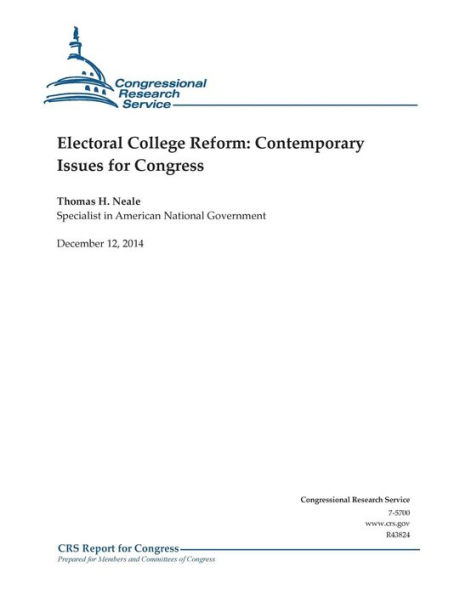

Barnes and Noble
Electoral College Reform: Contemporary Issues for Congress
Current price: $19.95
Loading Inventory...
Size: OS
*Product Information may vary - to confirm product availability, pricing, and additional information please contact Barnes and Noble
The electoral college method of electing the President and Vice President was established in Article II, Section 1 of the Constitution, as revised by the Twelfth Amendment. It provides for election of the President and Vice President by electors who are themselves elected by the voters. A majority of 270 of 538 electoral votes is necessary to win. For further information on the electoral college system's operations, see CRS Report RL32611, The Electoral College: How It Works in Contemporary Presidential Elections, by Thomas H. Neale. The electoral college has been the subject of reform proposals since 1800. Constitutional and structural criticisms have centered on several of its features: it is not fully democratic, providing indirect election of the President; it can lead to the election of candidates who win the electoral college but fewer popular votes than their opponents or to contingent election in Congress if no candidate wins an electoral college majority; it results in electoral vote under- and over-representation between censuses; and that "faithless" electors can vote against the people's express choice. Legislative and political criticisms include the general ticket system, currently used in all states except Maine and Nebraska, which is said to disenfranchise voters who prefer the losing candidates in the states; various asserted "biases" that are alleged to favor different states and groups; and the electoral college "lock," which was once claimed to provide an advantage to Republican candidates, but is now said to favor Democrats. Electoral college reform options include the following: end it, mend it, or leave it alone. Proposals to end the electoral college almost always propose direct popular election, with the candidates winning the most popular votes nationwide elected. Almost all reform proposals would eliminate electors and award electoral votes directly by one of several methods: the general ticket system; the district system that awards electoral votes on a congressional-district and statewide-vote basis; and the proportional system that awards state electoral votes in proportion to the percentage of popular votes gained by each candidate. Despite more than 30 years of legislative activity from the 1940s through the late 1970s, proposed amendments never managed to win the constitutionally required two-thirds vote in both houses of Congress. Since 2004, some of the reforms identified above have been attempted in the states. District plan initiatives have been offered in California, Pennsylvania, Michigan, Virginia, and Wisconsin. Proportional plans have been proposed in Colorado and Pennsylvania. Nebraska has considered returning to the general ticket system. None of these, however, has been enacted to date.
